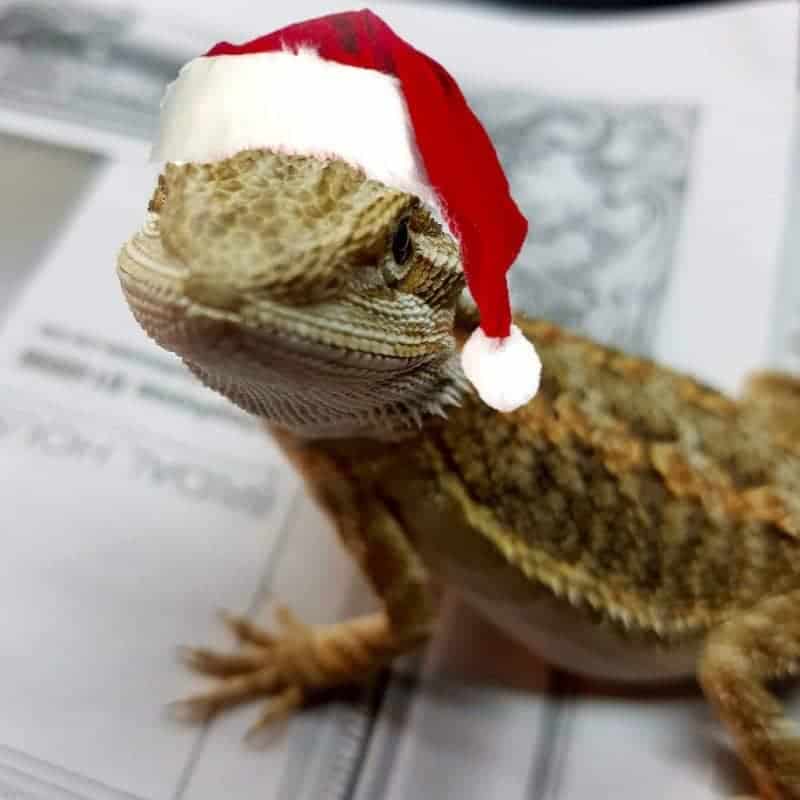There is no doubt that bearded dragons make great pets. But before you rush out and buy little Johnny a bearded dragon for Christmas there are a few things you need to consider.
- What are bearded dragons
- How do you house your dragon
- What do you feed your dragon
- Handling your dragon
What are Bearded Dragons?
Bearded Dragons (or sometimes called Beardies) are lizards from the Pogona genus and are native to Australia. They get their name from the spiky area around its throat which can expand and darken when threatened.
Beardies are a medium sized lizard that can reach up to 60cm in length, weigh in excess of 0.5kg and live 10+ years in captivity!
How do you house your Bearded Dragon?
Bearded dragons are highly territorial animals and unless you are intending to breed them, to avoid severe injury or possibly even death, you should only ever house one dragon per enclosure.
Beardies can be kept in a variety of enclosures (vivariums) as long as they include the following:
- Space for them to move around (it is recommended that your vivarium is at least 120cm x 45cm x 45cm)
- There is both a basking lamp (for heat) and also a high quality UVB tube (for vitamin D3 synthesis)
- A temperature gradient from 26°C to 40°C.
Beardies are semi-arboreal animals and also enjoy climbing on rocks and logs within their vivarium and will often bask under their lamp to warm up.
While you can use a variety of materials for a substrate such as reptile carpet, tiles, newspaper, paper towels soil and sand etc.
Due to the possible risk of impaction, especially for young dragons who are likely to accidentally ingest them while feeding, loose substrates such as sand, wood shavings and gravel should be avoided.
For many, the risk of impaction is simply not worth taking as it can lead to serious illness or death.
What do you feed your Bearded Dragon?
Bearded dragons are omnivores so need a balanced diet of insects and salad. While they are young and still growing the ratio of insects to salad should be approximately 80:20. Once they mature however this will become closer to 50:50.
Again, due to possible impaction, it is important that you do not feed your dragon any insects which are bigger than the space between its eyes.
In captivity, to avoid metabolic bone disease, it is critical that you also supplement your dragons diet with calcium. This is usually added by “dusting” your dragon’s insects and salad.
Calcium can also be added to your pet’s diet via gut-loading your feeder insects. However to ensure that your dragon is getting sufficient calcium in its diet you may prefer the dusting method.
Handling your Bearded Dragon
Bearded Dragons make excellent pets and appear to enjoy human company. They are very curious and will equally enjoy having a roam of your living room or sitting on your lap under a blanket watching TV.
Dragons are usually quite docile and while they have fairly strong jaws, they are they unlikely to be aggressive to people or other pets. As with all pets, young children should never be left unsupervised with bearded dragons to avoid injury. It is important to practise good hygiene and wash your hands after handling as, while the risk is very low, it may be possible to contract salmonella from handling your bearded dragon. Keeping both your dragon and vivarium well cared for and clean will also help reduce any risk.
Finally, if you do decide that a bearded dragon is for you, please ensure that you do your research as a Bearded Dragon is for life, not just for Christmas.
Merry Christmas!

